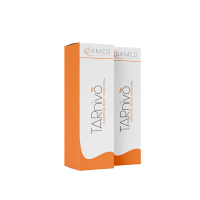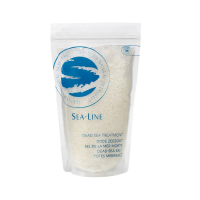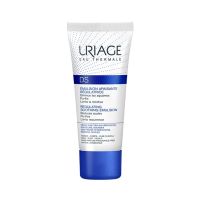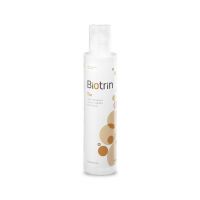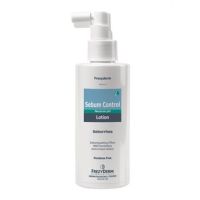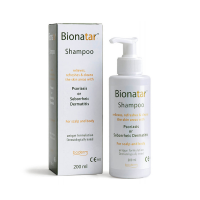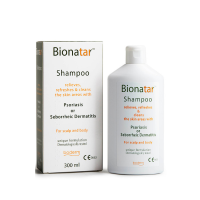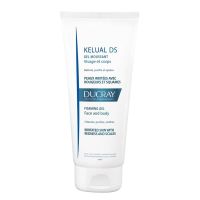-
Free shipping
with purchases
over €39 - 100% Refund withing 14 days
- Free Mini products
-
2310 44 44 22
Telephone service
and orders












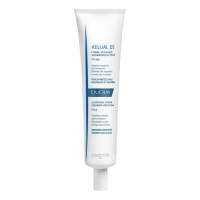



Information - Seborrhoeic Dermatitis
What is seborrheic dermatitis?
Seborrheic dermatitis is a skin condition characterized by oily exfoliation (sebum flakes), redness and itching. It occurs mainly on the face and scalp, but also on areas of the body where there is intense production of sebum from the sebaceous glands, such as the outline of the hair, the eyebrows, around the nose or ears. In nfants in known as cradle cap.
The causes of seborrheic dermatitis are not fully known. The main cause is Malassezia overgrowth, a naturally occurring fungus in the skin, which develops when there is high sebum production. Other causes associated with the deterioration of this dermatitis include immune system decline, hormone (androgens) and sebum secretion, low levels of B vitamins and especially biotin, and stress.
The main symptoms of seborrheic dermatitis are the appearance of hyperkeratosis sebaceous plaques and rashes (seborrheic eczema), skin irritation and severe itching. In many cases hair loss as well as more difficult hair growth is observed in areas where dermatitis occurs. Oily dandruff and psoriasis often have similar symptoms that many confuse.
How is seborrheic dermatitis treated?
Although there is no permanent cure for seborrheic dermatitis, daily cleansing and skin care with appropriate specialized dermocosmetics are very important factors in the treatment of symptoms. The main goal is to get rid of scarring, irritation and itching. What can help you?
- Cleansing the skin of the face and scalp with a gentle cleansing gel or shampoo with keratolytic action removes flakes, unnecessary grease while soothe irritation while maintaining a normal pH.
- Moisturizing the skin with appropriate creams, oils etc. helps maintain the hydrolipidic balance in the skin and prevent the growth of the Malassezia fungus.
- Infants are advised to use special cleansers, creams and moisturizing oils suitable for cradle cap.
- A balanced diet with options such as fresh fruits and vegetables, fish, raw unsalted nuts and avoidance of sugar and sweets, processed and processed foods with high fat and simple carbohydrates contributes significantly to the reduction of symptoms.
- Probiotic dietary supplements help balance the intestinal and dermal flora, boost immunity and control Malassezia overgrowth. Omega 3, coconut oil, borage oil and black currant oil can help reduce inflammation. Vitamin biotin improves skin tolerance.
- Some herbs and vegetable oils can have antimicrobial and emollient soothing effect on the skin. Tea tree oil helps control the overgrowth of Malassezia fungi, while aloe, nightshade oil and avocado oil act as moisturizers, against irritation and itching.
- Depending on the severity of the symptoms, the dermatologist may recommend the use of topical antifungal or corticosteroids in the skin.
